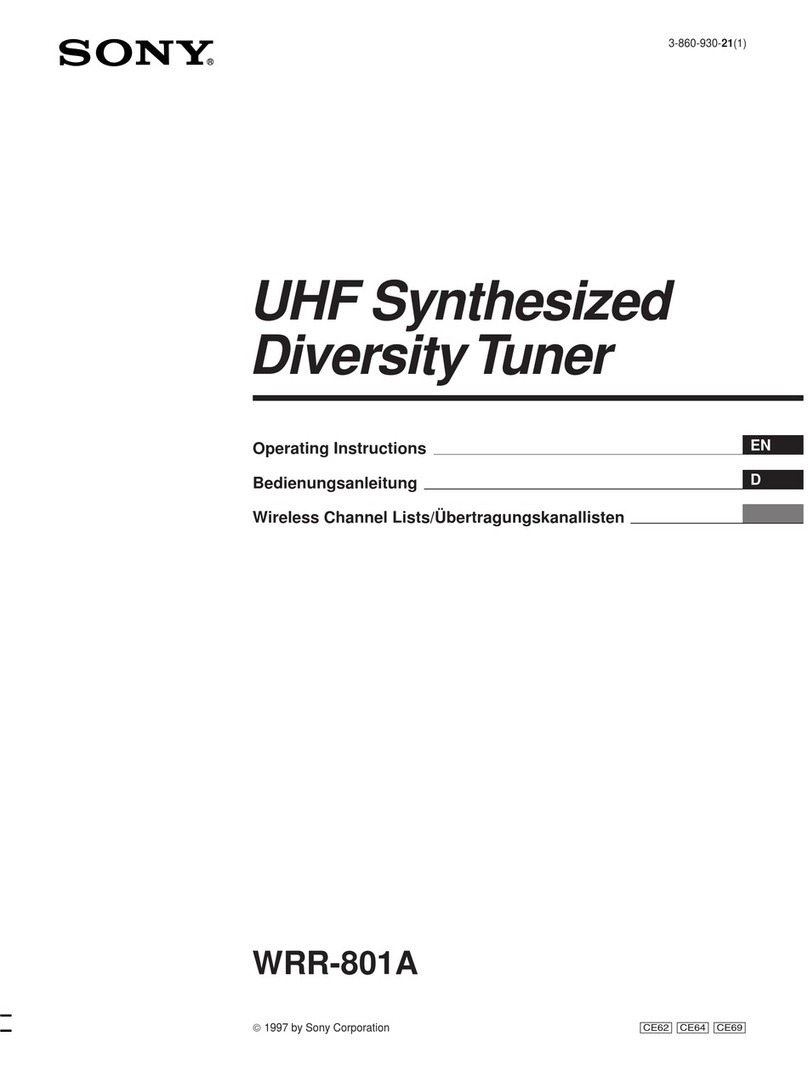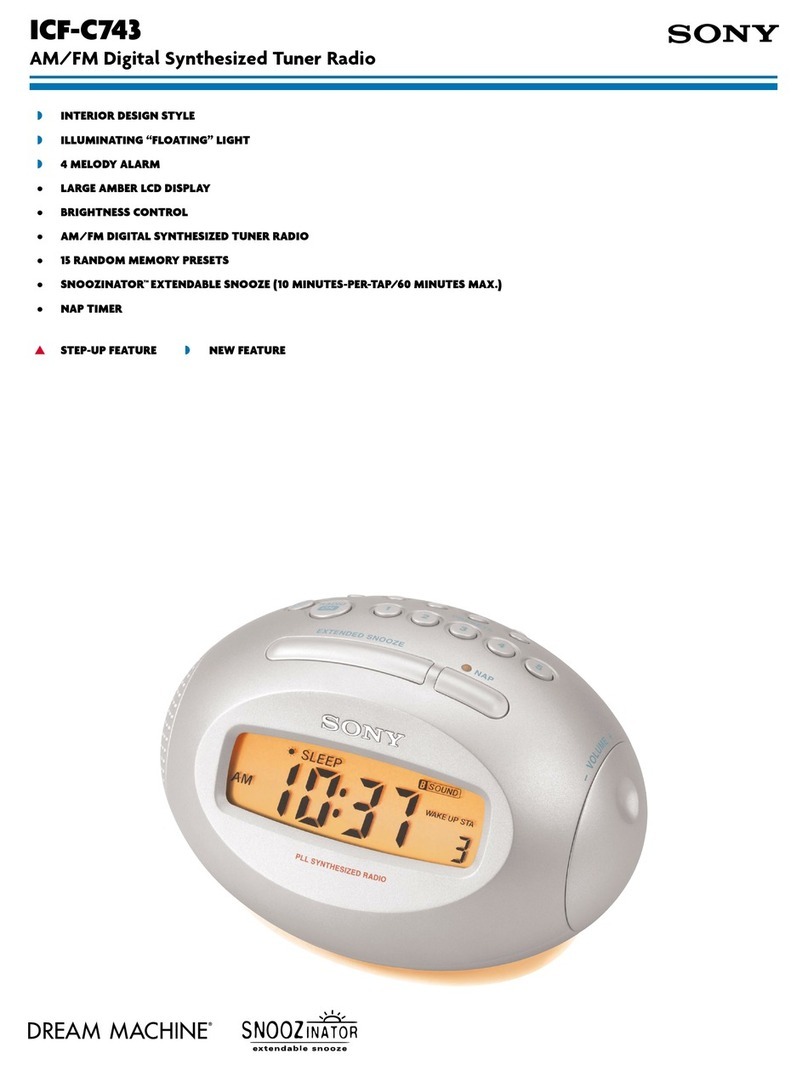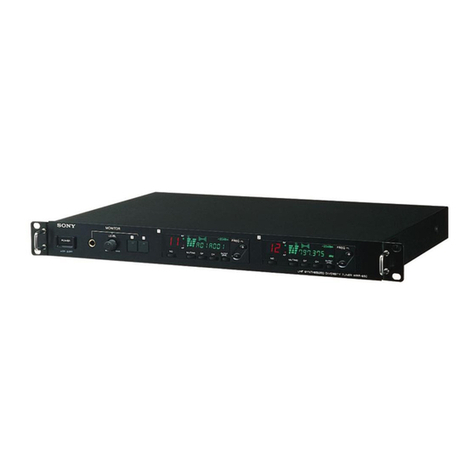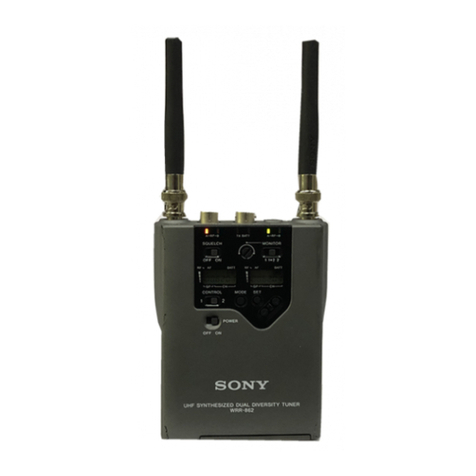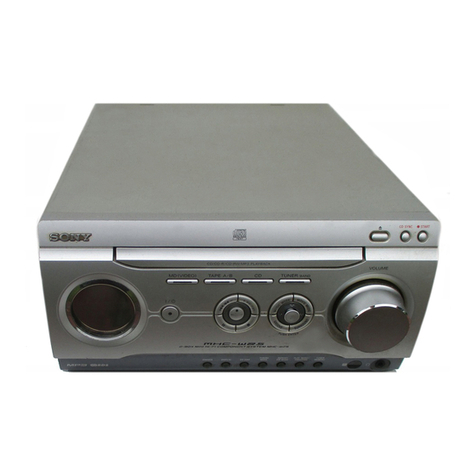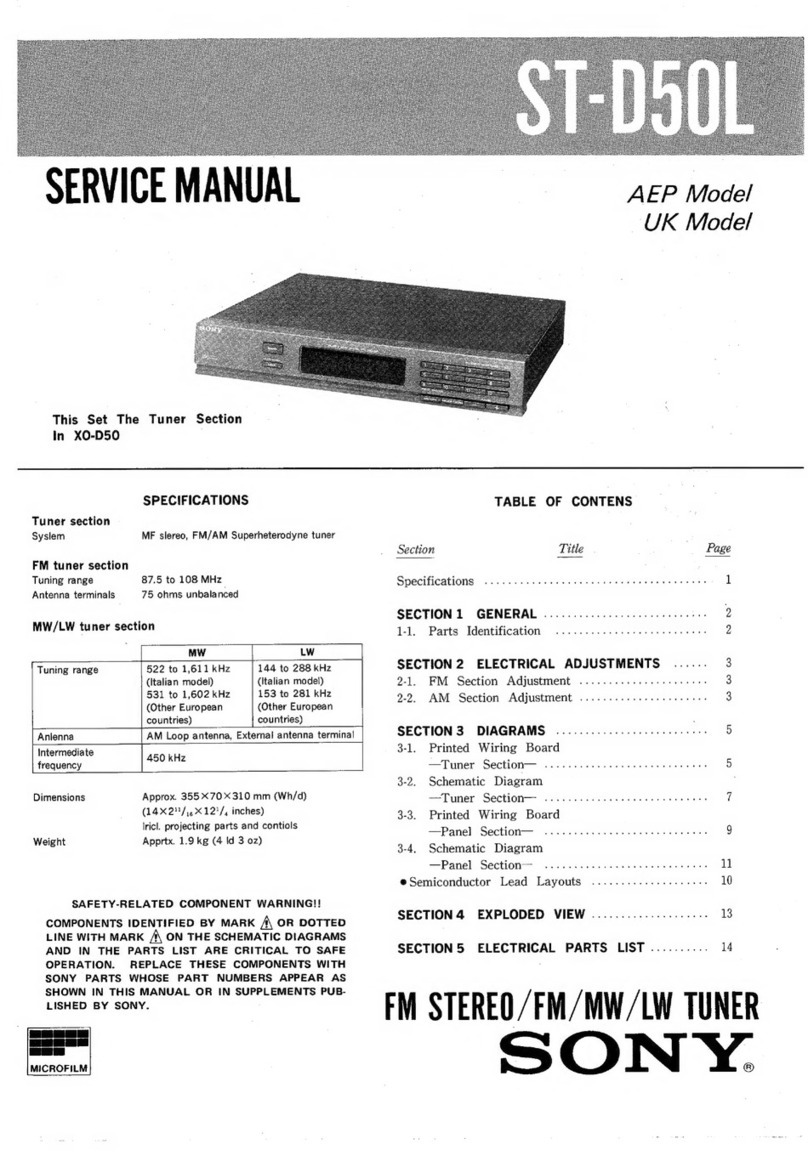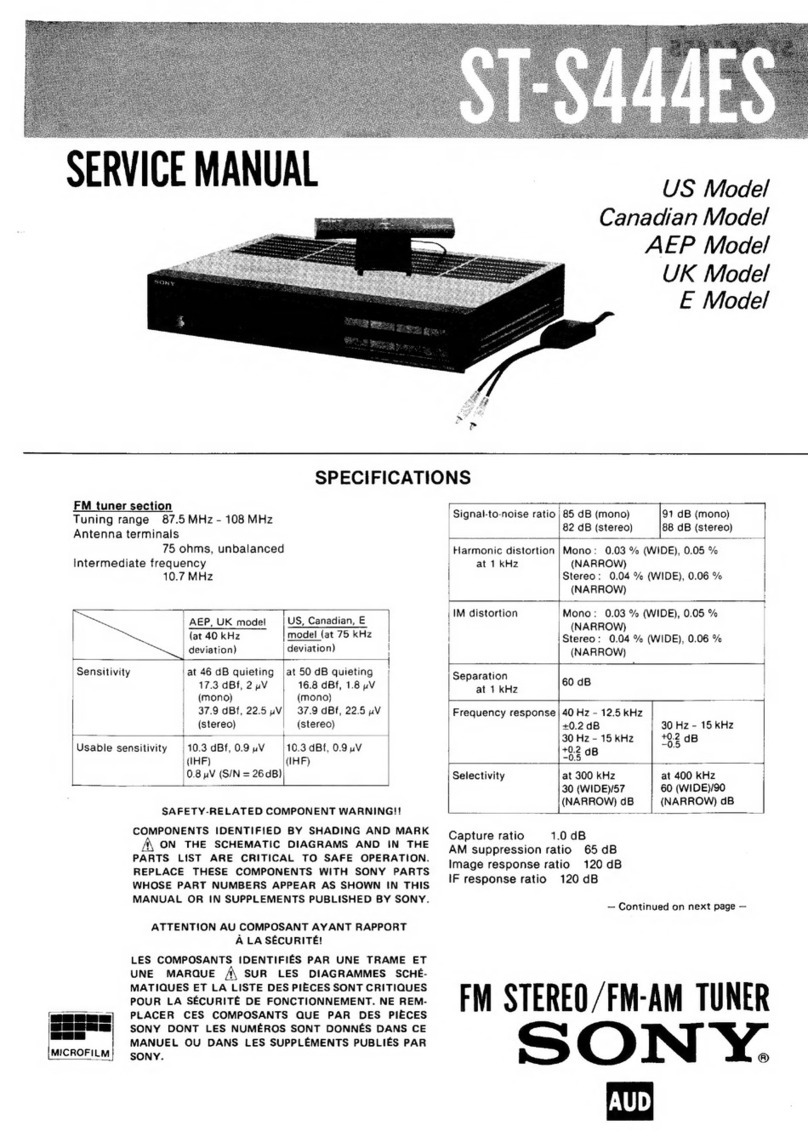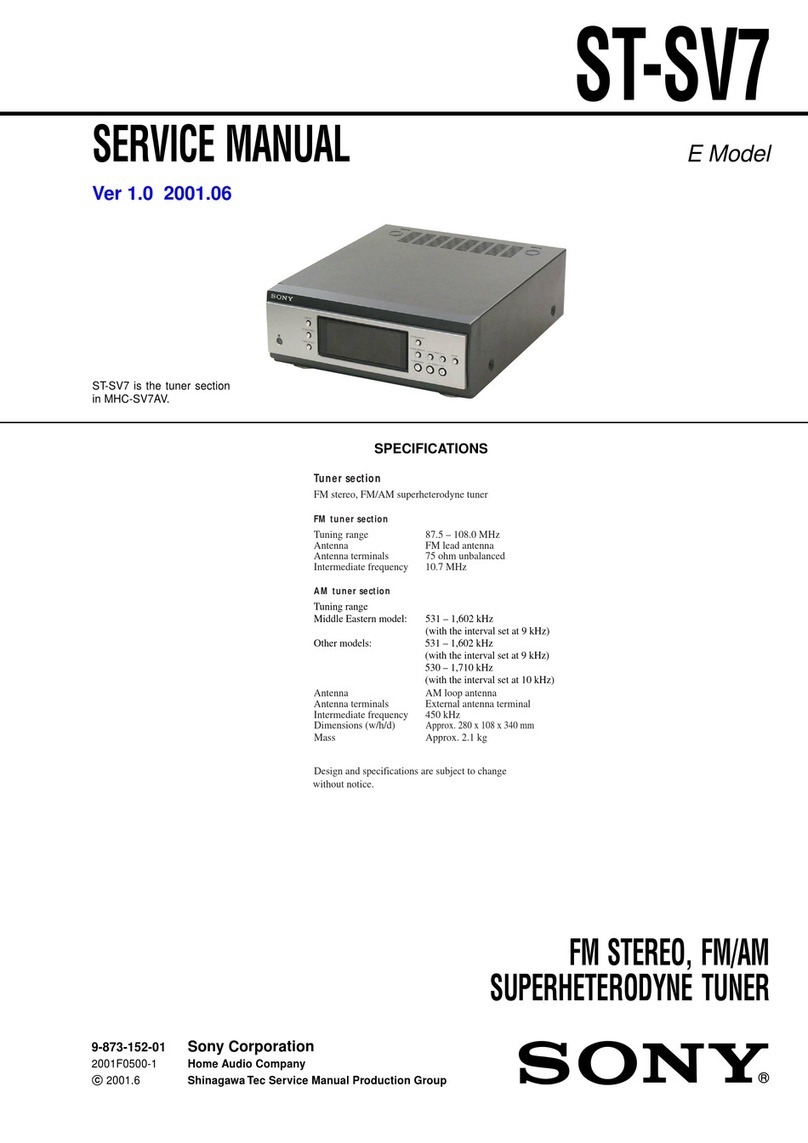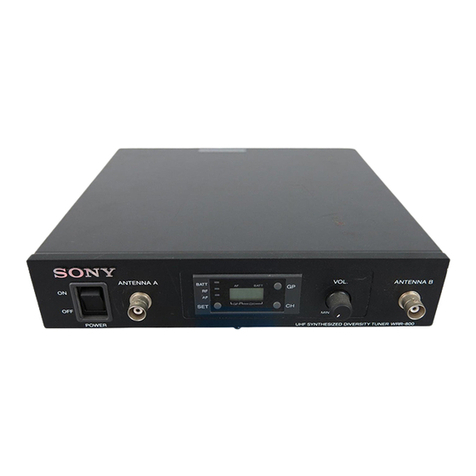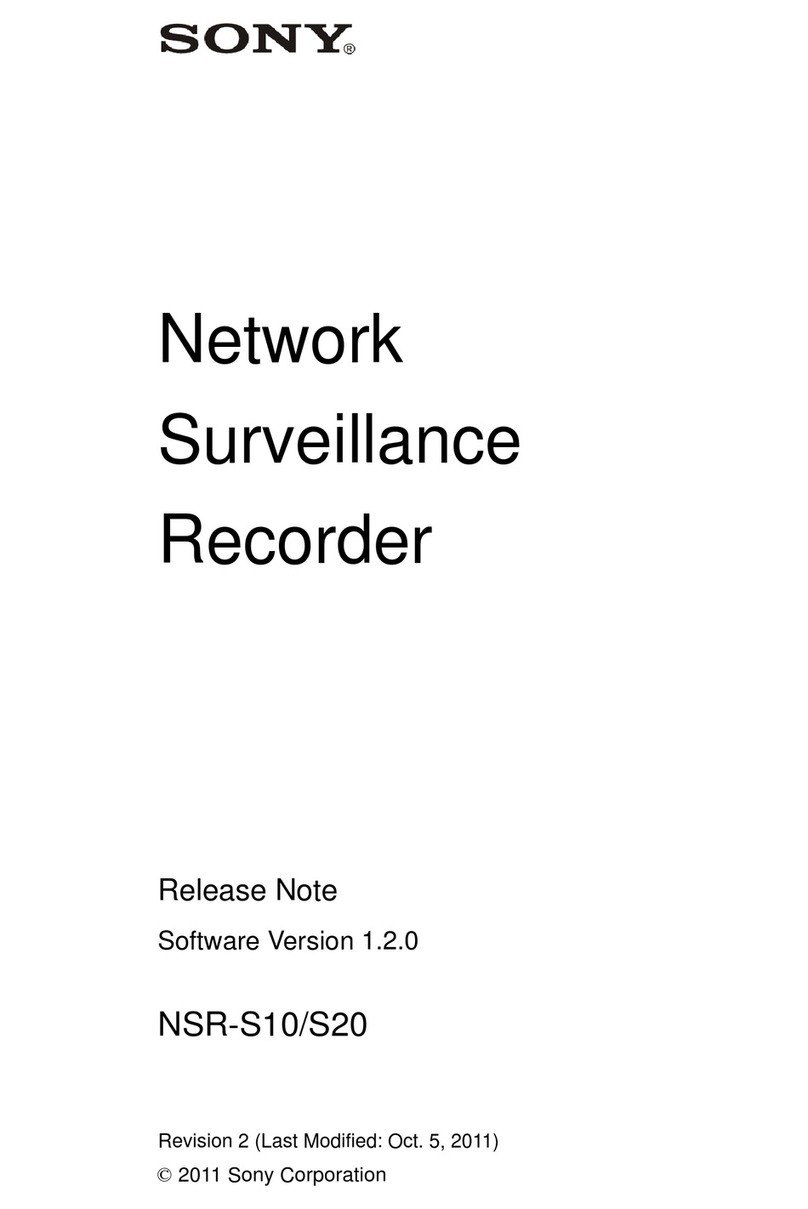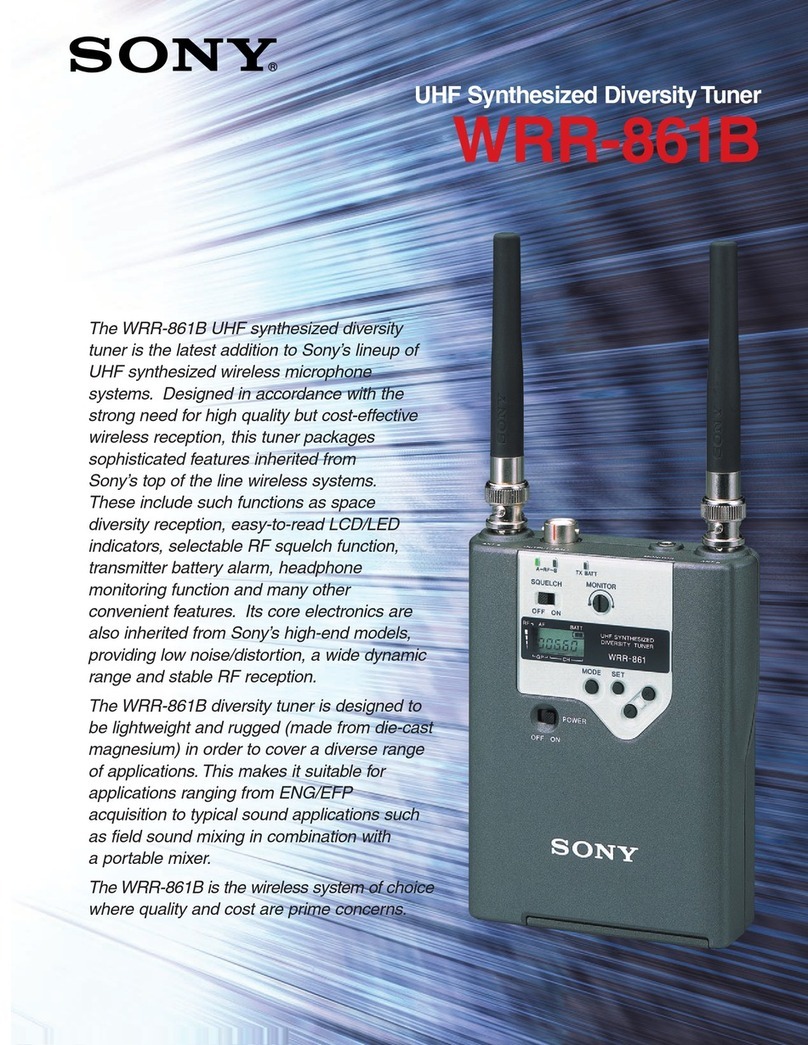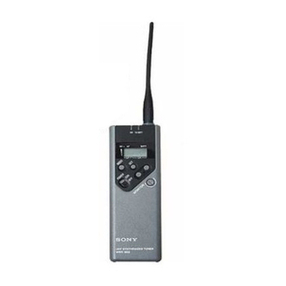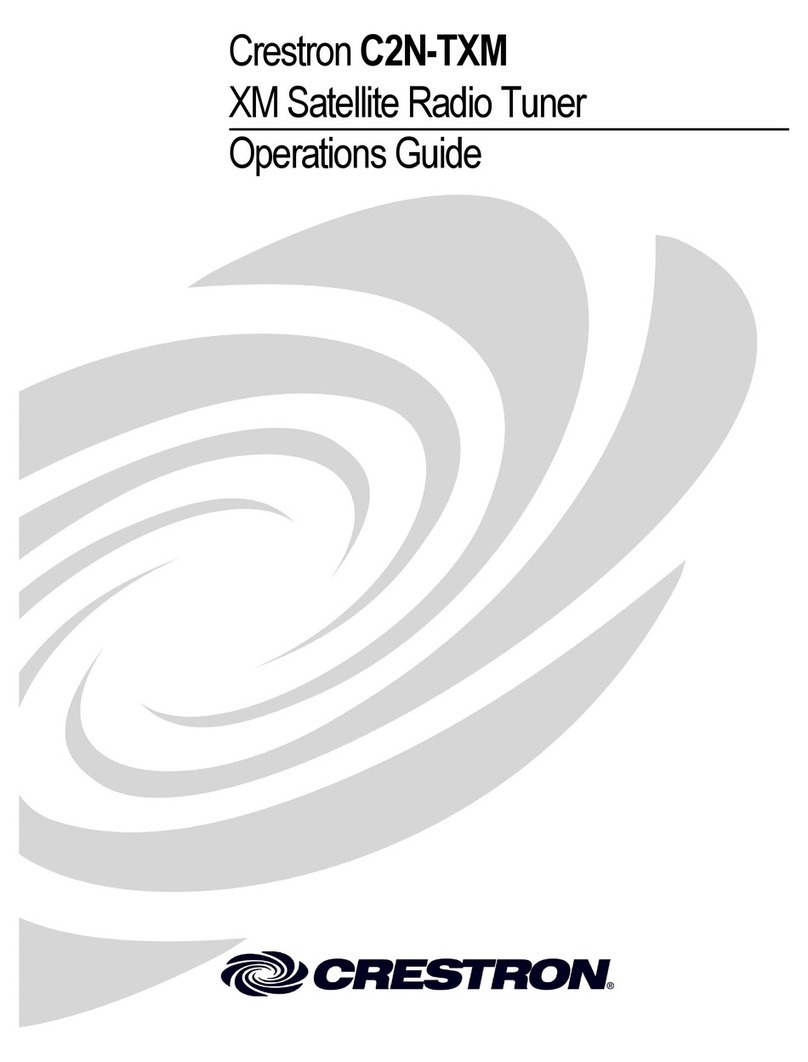
1
EN
English
EN
Overview ...................................................................1
Features ................................................................. 2
System Configuration ........................................... 3
Channel Plan ......................................................... 3
Precautions............................................................... 4
Location of Parts and Controls............................... 5
Front Panel ............................................................ 5
Display .................................................................. 6
Rear Panel ............................................................. 7
Operation ..................................................................8
Muting Functions .................................................. 9
Channel Setting........................................................ 9
Error Messages ......................................................11
Specifications......................................................... 12
The WRR-800A is a reliable UHF synthesized diversity
tuner for the 800-MHz-band Sony UHF wireless
microphone system which uses the frequency bands
allocated for UHF TV broadcasting.
This unit is designed to enable simultaneous use of multiple
channels when channels are selected according to the
channel plan.
In building up a UHF wireless microphone system, be sure
to combine a microphone/transmitter and a tuner having the
same TV channel number (62, 64 or 69).
CE62 model
A 14 MHz frequency band is assigned to the WRR-800A/
CE62 model, permitting it to operate on any of 111
receiving frequencies in 125-kHz steps of Sony original
channel plan or 561 receiving frequencies in 25-kHz steps of
German User Group in the range of TV channels 62 and 63.
The selectable wireless channels and frequencies for this
model are listed pages L-2 through L-10.
CE64 model
A 14 MHz frequency band is assigned to the WRR-800A/
CE64 model, permitting it to operate on any one of 111
receiving frequencies in 125-kHz steps of Sony original
channel plan or 561 receiving frequencies in 25-kHz steps of
German User Group in the range of TV channels 64 and 65.
OverviewTable of Contents
